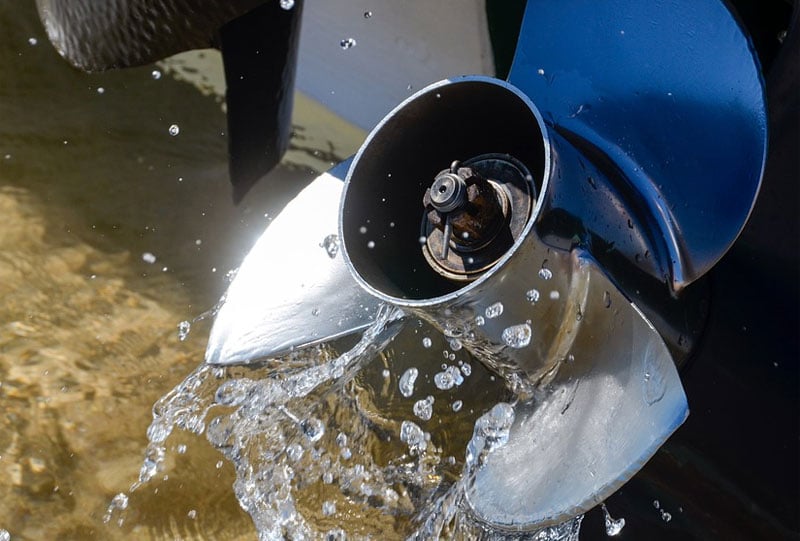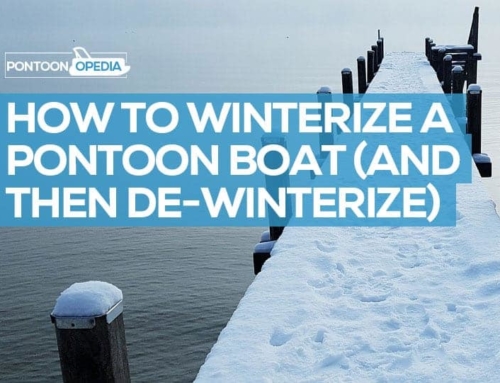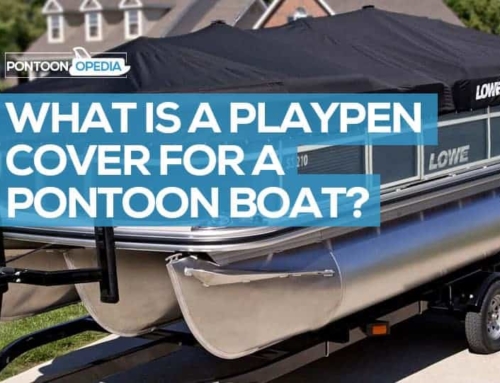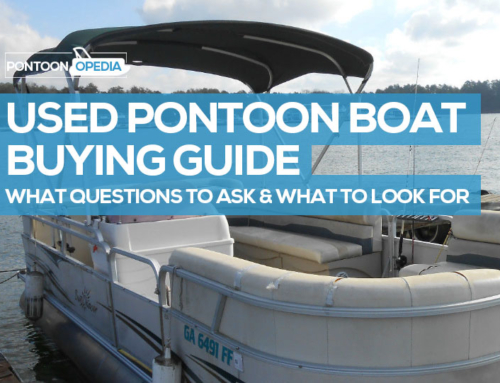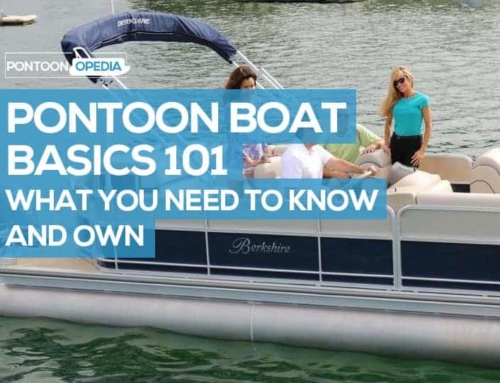In this guide you will find out how to start a pontoon boat with 13 troubleshooting tips. As I assume most readers of my blog are already familiar with pontoons, I will begin with some things to check if you are having problems and your motor won’t start
Are You a Beginner? For beginners who are new to pontooning, you can scroll down to the bottom of the guide to find out the basics of how to start a pontoon boat.
Fixing a pontoon boat motor that won’t start isn’t as simple as it was some years ago. This is because there have been technology advances including aspects such as kill switches, electronic ignitions, fuel injection, and computer-controlled ignition timing.
But there are still some things that you can check for yourself, and possibly fix if you have some small tools. If you can’t fix it, at least these 13 pointers might give you an indication as to what the problem is before you speak to a marine mechanic.
1. Gas Tank is Empty
Don’t laugh, it does happen! If it happens whilst you are out on the water you’ve got a few options. I always carry gas caddies on my pontoon boat, you should do the same.
2. Gas Tank’s Air Vent is Not Open
You might see that label on your tank that says for you to close the vent when it’s not being used, leave it open when are using it. If you don’t, then the tank can expand during use.
3. Fuel Lines Are Obstructed or Bent
Take a look to see if the fuel lines have been pinched, kinked, or are twisted in any way, as these will limit the fuel flow into the motor.
4. Dirt or Water in the Fuel System
If you get water in your boat fuel, particularly gasoline, then it could be very bad news. Your engine could be damaged as water does not compress.
5. Fuel Filter Clogged
The fuel filter stops impurities from getting into the motor. If it’s clogged, fuel won’t flow freely into the supply line. This creates low pressure which can affect your pontoon motor from starting.
6. Try Using the Choke on Older Motors
Older outboard motors might need choking to start. Turn your key, then push or pull out the choke and crank simultaneously. Then you can let go off the choke, return throttle to neutral after ignition.
7. Fuel Connector Has Become Loose
Check the connections, as you could have low pressure or no fuel flowing at all. They can become loose over time, particularly on older outboard motors.
8. Safety Lanyard or Kill Switch Disconnected
Check to see if the kill switch and safety lanyard is in place. If not, your engine will be set to be in the cut-out mode meaning you won’t have any power.
9. Main Fuse Needs Replacing
Take a look at the main fuse on your outboard motor. This is usually held in a big red holder on the engine’s wiring harness. In most cases it will be a 20-amp fuse that you can replace cheaply and easily.
10. Spark Plugs Dirty or Broken
Your spark plugs could need replacing if they are dirty, broken, or corroded. If that doesn’t work, then your engine might need new coils.
11. Low Compression
If your engine is low in compression, then it’s not going to be something that you can fix whilst on the launch. Instead you will need to call in the professionals if you are not mechanically minded.
12. Fuel Tank Primer Not Working
If your motor has an electric primer it can sometimes be simple to diagnose by taking out one of the small fuel hoses that leads to it from the engine intake. Then ask someone else to operate the primer, usually by pushing the key in as you see if fuel is squirting out.
13. Check the Battery Power
Is your battery flat? If you have an electric ignition this might be the issue if you have been out on the water and using the power for other activities. Disconnect the battery, re-connect it, and see what happens.
Final Advice
This is by no means an exhaustive list of things to check for if your pontoon boat motor and engine won’t start… but it will give you some basics to check against.
One final piece of advice would be if your engine does not start don’t just keep cranking the ignition. If you do this, you could drain the battery and then have even more problems to deal with.
How to Start a Pontoon Boat: The Basics
And next, some beginner advice if you want to know how to start a pontoon boat and drive off onto the water.
Before we start though, many pontoons are different. These simple steps are for a standard type pontoon boat and are helpful perhaps if you are renting a pontoon boat and are nervous about what to do.
Step 1: Insert the Safety Lanyard / Kill Switch
Attached to your key will be a safety lanyard, also known as a kill switch. This needs to be inserted into its socket before you even think about placing the key in the ignition. The lanyard is a safety feature that will cut the boats engine power if the captain gets thrown from the boat.
Step 2: Put the Key in the Ignition
Once the safety lanyard is in place, you can insert the key into the ignition, as it will now be able to activate. Turn it to the “on” position and you will hear a beep for a second.
Step 3: Make Sure the Motor is in the Water
Before you even consider moving the pontoon, check to the rear of the boat to make sure that the motor is in the water. If it isn’t you can use the trim buttons on the console to lower it in so that the propellers are submerged.
Step 4: Turn the Ignition Key
Now turn the ignition key, and it’s time for you to go out and enjoy the water.

